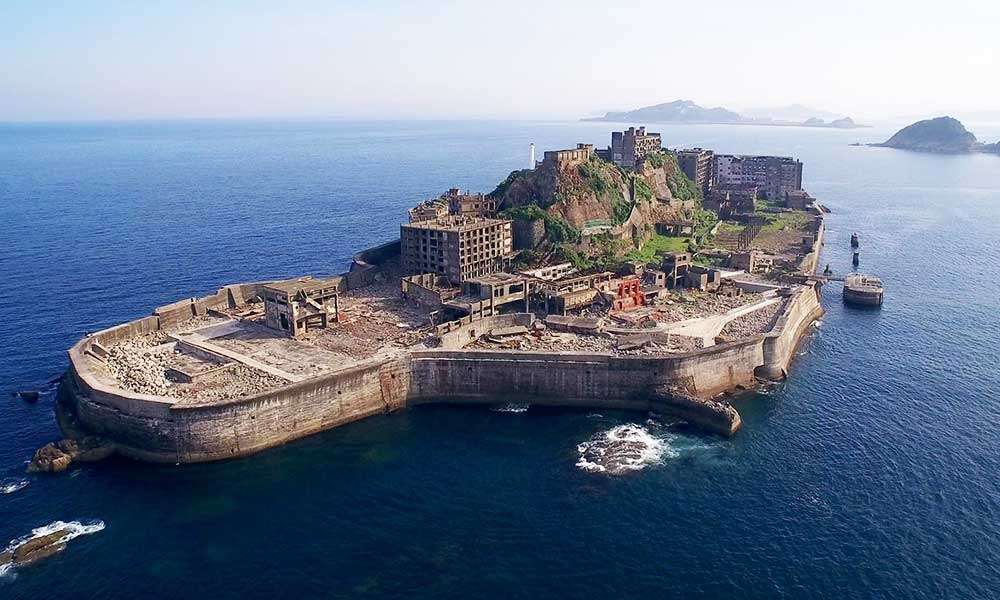Soldiers Face Baggage Challenge at Boarding: Generous Passengers Rally to Their Aid
As Apollo Bala stood in the queue for his Air Asia flight bound to Davao, he couldn't help but notice the three humble soldiers ahead of him.

Located just off the shores of Nagasaki, Japan, Gunkanjima presents itself as a haunting enclave at first glance. Enclosed by formidable walls and tightly packed buildings, this island appears as a deserted metropolis, void of any inhabitants. For over forty years, Gunkanjima and its structures have remained abandoned, nestled in the Pacific Ocean, devoid of life. But what lies behind the enigmatic history of this forsaken isle?


Once renowned for its abundant coal reservoirs, Gunkanjima, also known as Hashima or Battleship Island, caught the attention of the Mitsubishi Corporation in the early 1900s. Over the ensuing century, the island flourished as the coal mines extended deeper, penetrating even below the ocean floor. By 1941, Gunkanjima became a vital source, supplying Japan with 400,000 tons of coal, albeit at the expense of coerced labor.


Transformed into a self-contained microcosm, the island boasted schools, eateries, and residences crammed within its seawall confines. At its peak, nearly 6,000 individuals resided here, marking the highest population density ever recorded globally. Dubbed "Midori nashi Shima" or the "Island without Greenery" in Japan, its landscape was dominated by stark industrial structures.


As the coal reservoirs depleted, Mitsubishi's excavations ceased, leading to the island's abandonment. Although its inhabitants departed, the island endured, along with its edifices and memories. Over time, nature reclaimed its domain, gradually enveloping the once barren structures in greenery. Since 2009, curious visitors have embarked on tours of this reclaimed city, witnessing the gradual transformation of Gunkanjima from an urban hub back into an isolated island sanctuary.
Sarah Whittaker
1yr ago
This could be a very interesting historical site for visitors to visit someday. I hope they will at least check if the foundations are safe so people in the future can safely visit the site. Thanks for sharing!